 Nursing can be a tough profession. There may be days that stress you out and make you feel bad about yourself. You might question if this is the right job for you or if you're good enough to be a Nurse. Here are a few tips to improving your confidence and staying positive during difficult times.
Nursing can be a tough profession. There may be days that stress you out and make you feel bad about yourself. You might question if this is the right job for you or if you're good enough to be a Nurse. Here are a few tips to improving your confidence and staying positive during difficult times.
Fake it till you make it?
An American Sentinel University article discusses the popular mantra and says, "Clearly, as a Nurse you cannot ethically fake skills or knowledge you don’t have. What you can do is to convey confidence that you don’t necessarily feel, by flipping the script. For example, when you don’t know what to do for a patient in distress, don’t focus on your knowledge gap- instead, try to feel confident about your ability to leverage whatever resources you need to figure out the next steps."
Never Stop Learning
No one knows everything but constantly learning and growing your knowledge will make you feel more confident. Always ask questions if you're unsure about something. Try taking workshops or individual classes in areas that you’re not familiar with or want to expand your skillset. Knowledge is power!
Don't Compare Yourself
Sometimes our insecurities can come from watching someone do a great job and wonder if you're doing good enough. Instead of comparing how you work and what you have to others, be proud of the skills you do have and tell yourself you are doing a great job and you are doing the best you can.
Stand Up to Bullies
Unfortunately, we know bullying exists in the Nursing profession, but you don’t have to succumb to it. Being bullied can effect your self-esteem big time. Bullies feed off of low self-confidence and a passive communication style. Try to hold your head high, make eye contact, and stand up for yourself by speaking with a strong sense of self.
Don't Seek Gratitude
An article by Transition Nursing states, "Unfortunately, as Nurses we are often the last to be “thanked”. You know this to be true and you’ve most likely experienced it. You work hard for your patients, but not every patient will express gratitude. They may be dealing with a new and traumatic diagnosis and because of it, they are not themselves. Remember why you got in to this profession. Be firm in your belief that you have contributed, helped, and cared.
Perfection isn't Real
You are human and no one is perfect. It’s best to admit your flaws and when you've made a mistake. Confident people are able to admit when they are wrong. You cannot convey or build confidence by covering up or denying your role in a mistake, or by reacting defensively. Learn from it and move on.
In your Nursing career, have you experienced self-esteem issues? What helped you overcome those difficult times? Please share with us.



 Nursing is an emotionally fulfilling career providing many ups and downs. Hopefully more ups than downs! It isn't an easy path, but if you are called to Nursing, it’s worth it. Some of the best things about being a Nurse are experiences that you won't find in many other jobs. Here are a few reasons why Nurses love being Nurses.
Nursing is an emotionally fulfilling career providing many ups and downs. Hopefully more ups than downs! It isn't an easy path, but if you are called to Nursing, it’s worth it. Some of the best things about being a Nurse are experiences that you won't find in many other jobs. Here are a few reasons why Nurses love being Nurses.
 The
The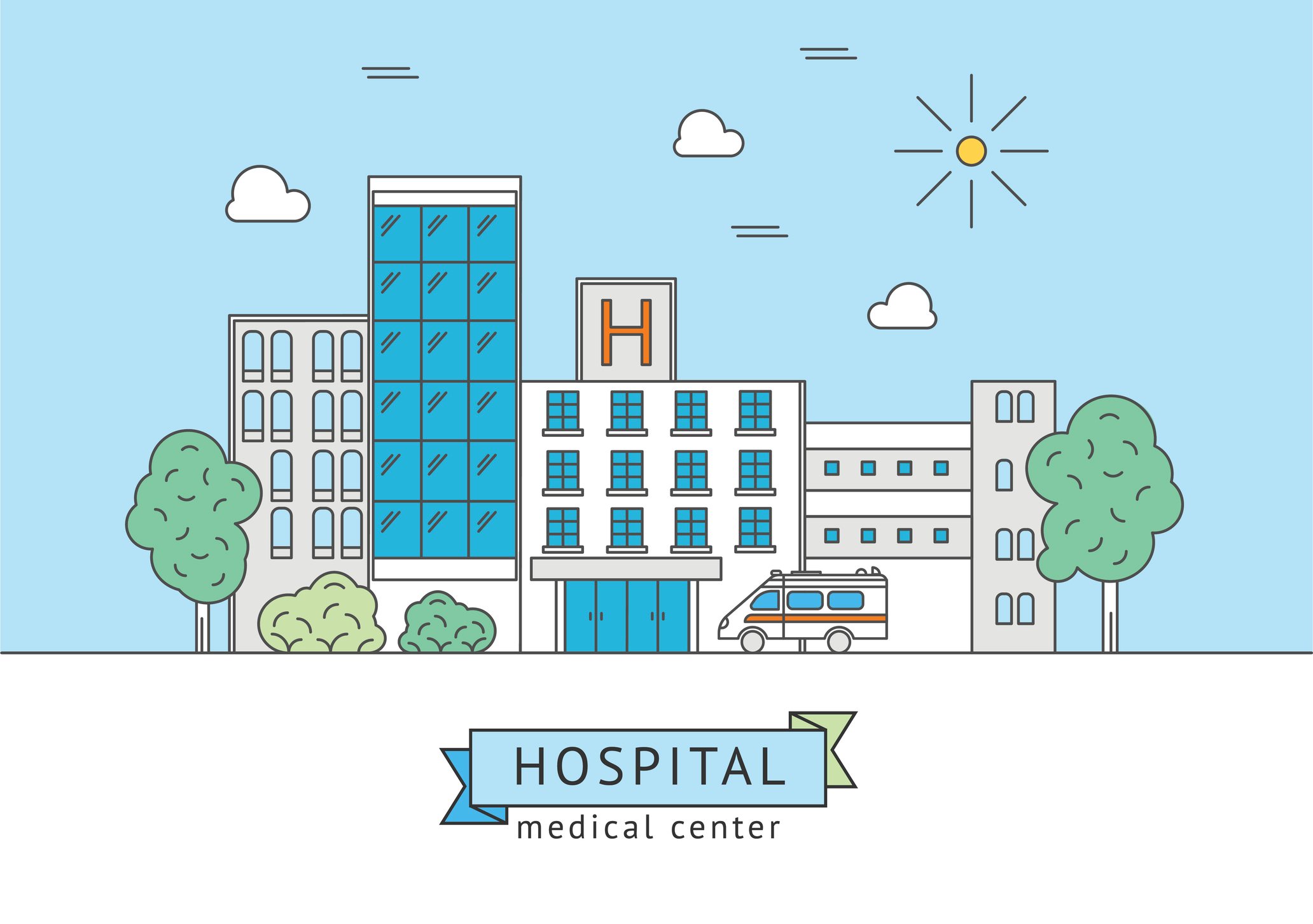
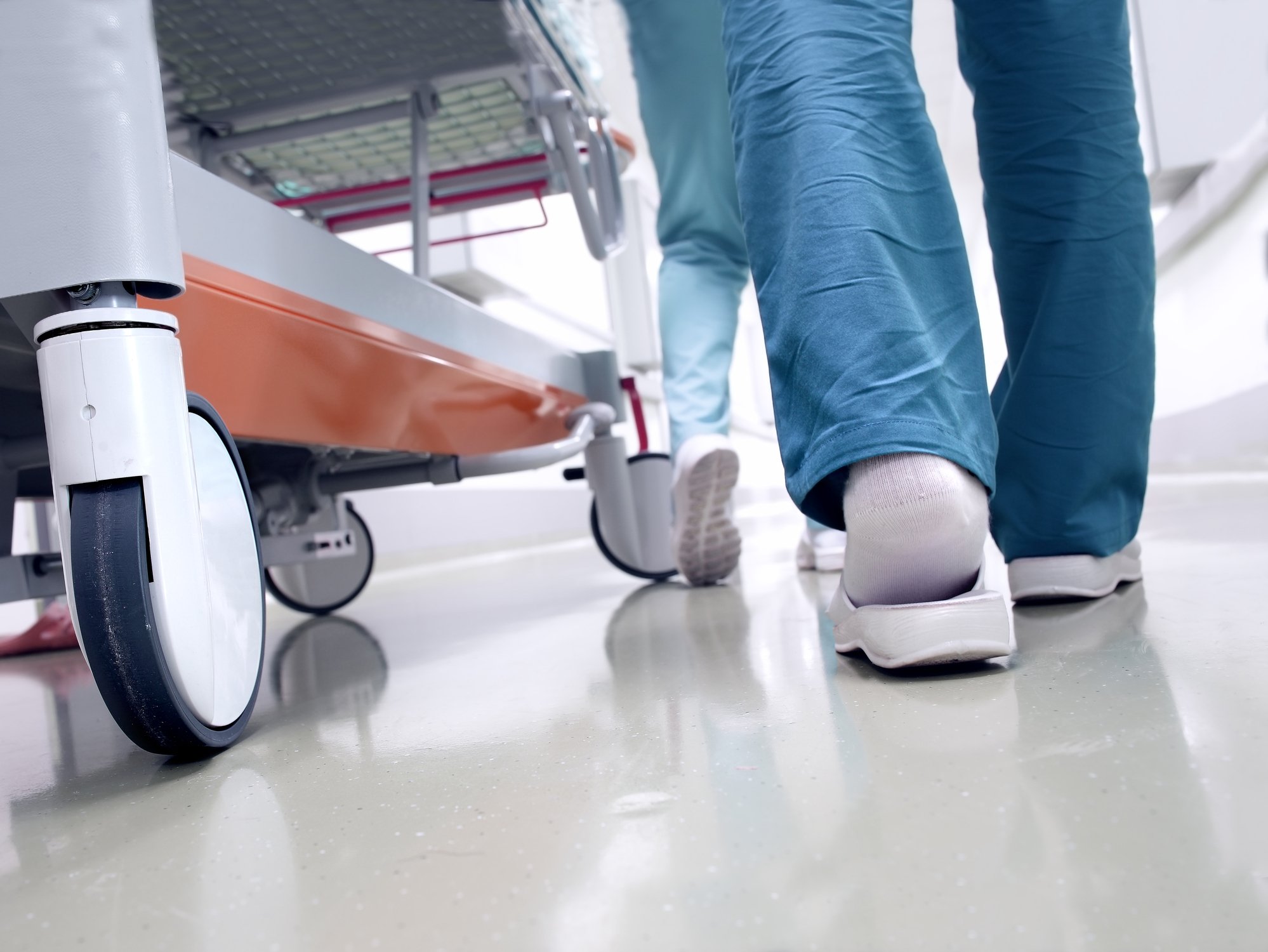 There are many specialties available to Nurses and choosing the right one can be a difficult decision. If you can work under pressure in a fast-paced and often-stressful environment while staying calm and collected, Emergency Nursing might be for you. For some people, working in the ER can be intimidating but, for others rewarding.
There are many specialties available to Nurses and choosing the right one can be a difficult decision. If you can work under pressure in a fast-paced and often-stressful environment while staying calm and collected, Emergency Nursing might be for you. For some people, working in the ER can be intimidating but, for others rewarding.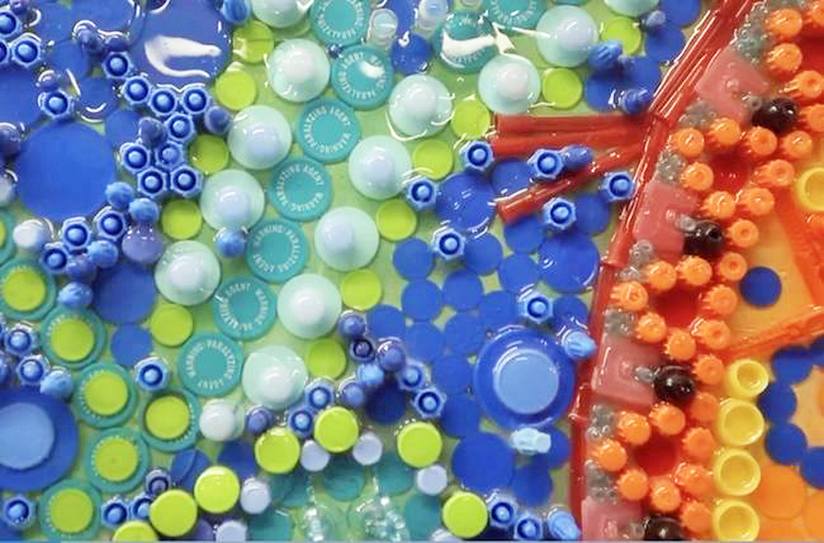

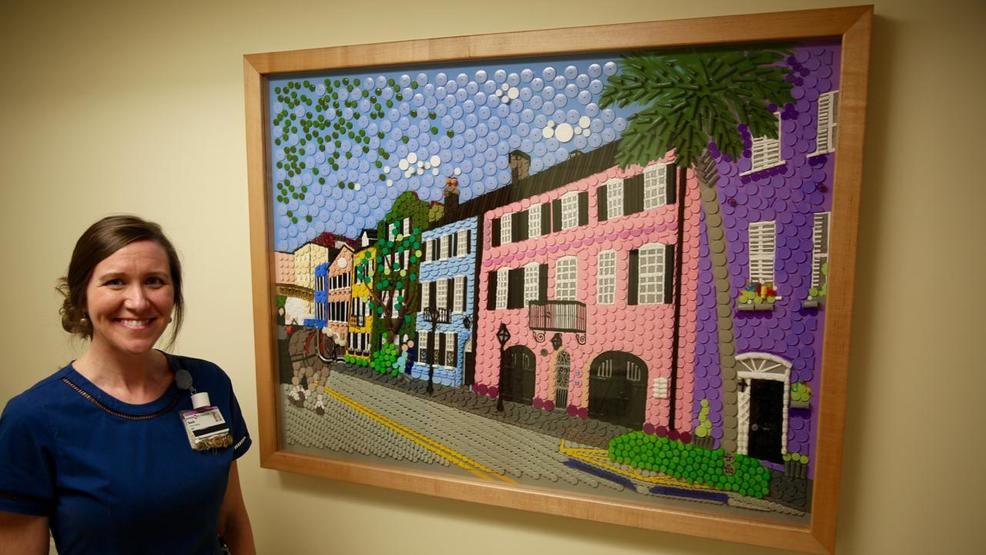

 U.S News ranked Nursing schools with the best Nursing Master's programs and Doctor of Nursing Practice programs for 2020.
U.S News ranked Nursing schools with the best Nursing Master's programs and Doctor of Nursing Practice programs for 2020.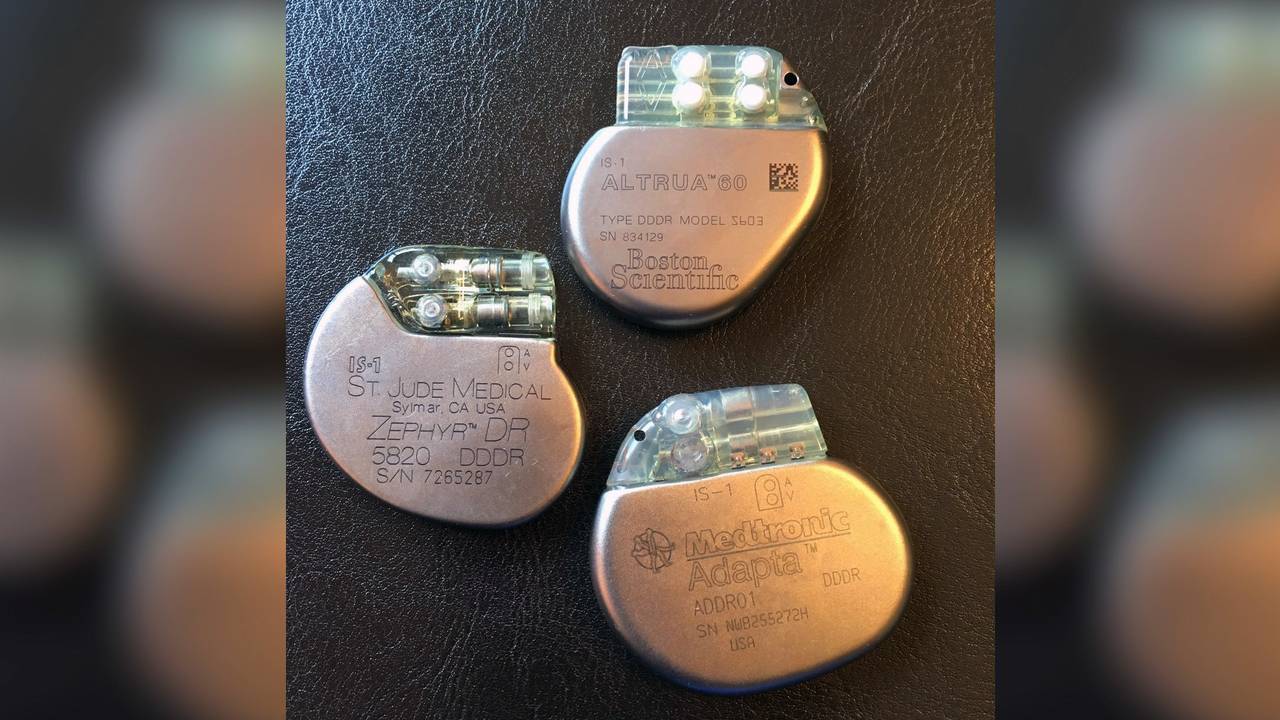 Terri Matula, Cardiovascular Nurse at the Navicent Health center, is saving many animal lives by recycling used pacemakers.
Terri Matula, Cardiovascular Nurse at the Navicent Health center, is saving many animal lives by recycling used pacemakers. A contact hour is 50 or 60 minutes of instruction in a board-approved Nursing continuing education class or activity. One
A contact hour is 50 or 60 minutes of instruction in a board-approved Nursing continuing education class or activity. One